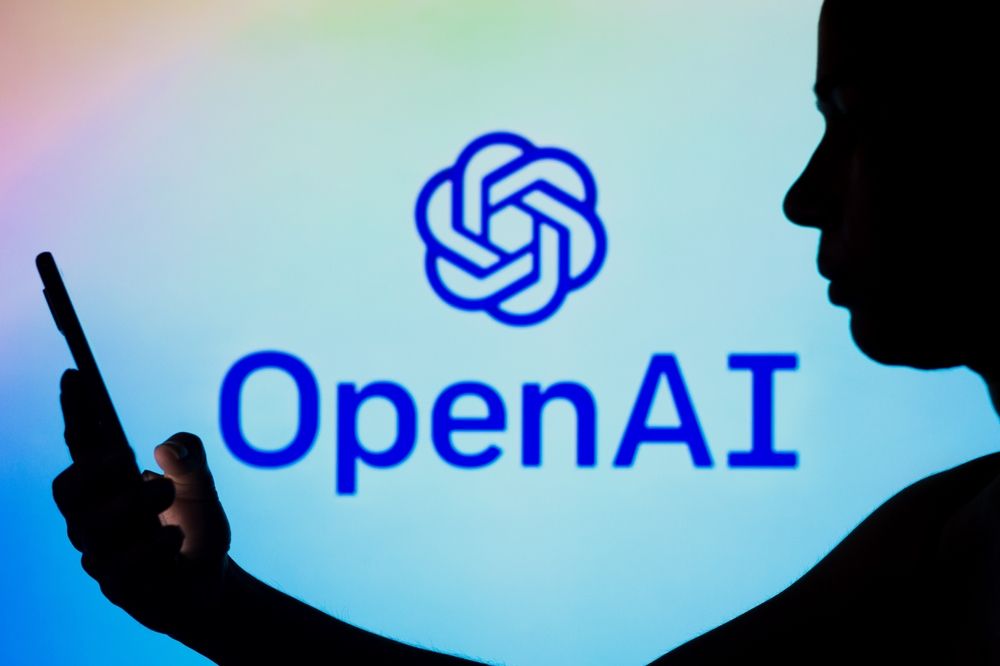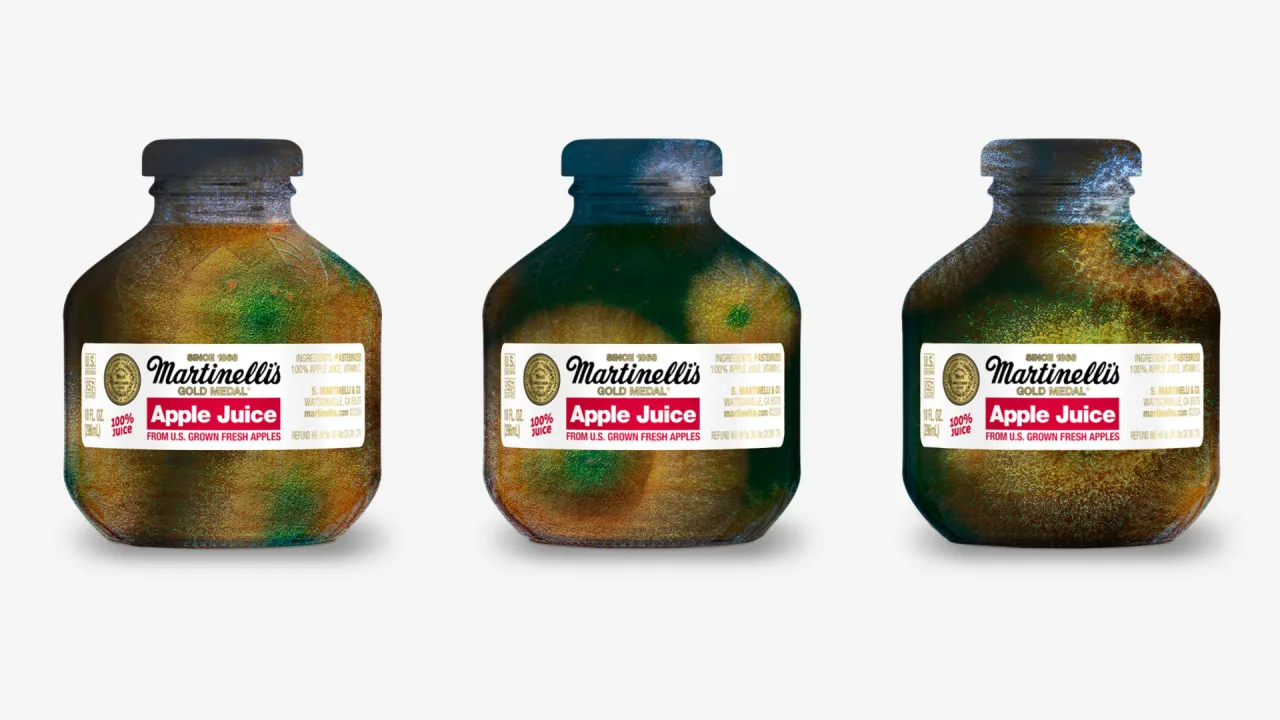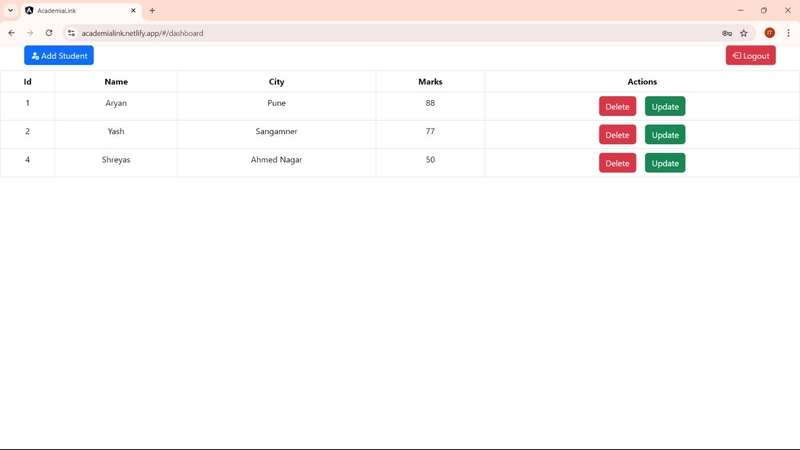Repository Pattern in the Context of Enterprise Architecture
Introduction In the world of enterprise application development, efficient data management is crucial for success. Large-scale and scalable applications require an organized way to interact with databases and other storage systems. In this context, the Repository Pattern plays a critical role by providing an abstraction layer between the business logic and the data access logic. In this article, we will explore the Repository Pattern as part of an enterprise architecture, understanding its advantages and demonstrating its implementation in a CRUD API using Python, with tools such as FastAPI and SQLAlchemy. What is the Repository Pattern? The Repository Pattern is a design pattern used to handle data access in an organized manner by decoupling business logic from the data access details. This pattern is highly popular in enterprise architectures due to its ability to promote modularity, maintainability, and effective unit testing. Key Benefits in an Enterprise Context: Abstraction and Encapsulation: Data access is performed through a repository that hides complex details such as SQL queries, making maintenance easier. Decoupling: Allows changing the database implementation or type without affecting the business logic. Testability: By using repositories, databases can be mocked or simulated in tests, making the testing process more efficient. Implementing the Repository Pattern in Enterprise Architecture Scenario: Imagine we are developing an API to manage products in an enterprise. The Repository Pattern will allow us to abstract database interactions, making the application easier to scale and maintain in the future. Below, we will implement a basic CRUD application to manage products in the database using SQLAlchemy and FastAPI. Architecture Diagram: In an enterprise architecture, this pattern is integrated within a data persistence layer, which can be part of a layered architecture or a hexagonal architecture (also known as "ports and adapters"). [ API / Business Logic ] → [ Repository (Data Access Interface) ] → [ Database ] The Code 1) Data Model We begin by creating the product model using SQLAlchemy, which will represent our database table. from sqlalchemy import Column, Integer, String, Float from sqlalchemy.ext.declarative import declarative_base Base = declarative_base() class Product(Base): __tablename__ = 'products' id = Column(Integer, primary_key=True, index=True) name = Column(String, index=True) price = Column(Float) Explanation: Product: Represents a product in the database, where each product has an ID, name, and price. Base: We create the base for our data models using declarative_base(). 2) Repository The next step is to create the repository that will manage CRUD operations for the products. This repository acts as an abstraction layer, allowing the business logic to remain independent of the database queries. from sqlalchemy.orm import Session from models import Product class ProductRepository: def __init__(self, db: Session): self.db = db def create(self, name: str, price: float) -> Product: product = Product(name=name, price=price) self.db.add(product) self.db.commit() self.db.refresh(product) return product def get_by_id(self, product_id: int) -> Product: return self.db.query(Product).filter(Product.id == product_id).first() def update(self, product_id: int, name: str, price: float) -> Product: product = self.get_by_id(product_id) if product: product.name = name product.price = price self.db.commit() self.db.refresh(product) return product def delete(self, product_id: int) -> None: product = self.get_by_id(product_id) if product: self.db.delete(product) self.db.commit() Explanation: CRUD Methods: create: Creates a new product in the database. get_by_id: Retrieves a product by its ID. update: Updates an existing product. delete: Deletes a product from the database. This repository layer becomes a reusable service that can be easily adapted for different needs in the application. 3) API - Integration with FastAPI Finally, we integrate this repository into an API built with FastAPI so we can interact with products via HTTP requests. from fastapi import FastAPI, Depends from sqlalchemy import create_engine from sqlalchemy.orm import sessionmaker from repositories.product_repository import ProductRepository from models import Product, Base DATABASE_URL = "sqlite:///./test.db" engine = create_engine(DATABASE_URL, connect_args={"check_same_thread": False}) SessionLocal = sessionmaker(autocommit=False, autoflush=False, bind=engine) app = FastAPI() def get_db(): db = SessionLocal() try: yield db finally: db.close() @app.post("/products/") def create_product(name: str, price: float, db: Session = Depends(ge
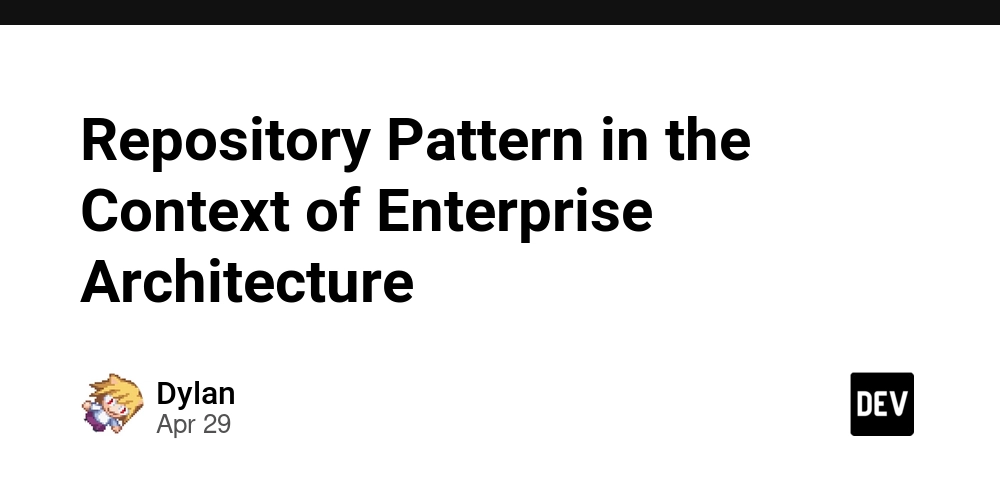
Introduction
In the world of enterprise application development, efficient data management is crucial for success. Large-scale and scalable applications require an organized way to interact with databases and other storage systems. In this context, the Repository Pattern plays a critical role by providing an abstraction layer between the business logic and the data access logic.
In this article, we will explore the Repository Pattern as part of an enterprise architecture, understanding its advantages and demonstrating its implementation in a CRUD API using Python, with tools such as FastAPI and SQLAlchemy.
What is the Repository Pattern?
The Repository Pattern is a design pattern used to handle data access in an organized manner by decoupling business logic from the data access details. This pattern is highly popular in enterprise architectures due to its ability to promote modularity, maintainability, and effective unit testing.
Key Benefits in an Enterprise Context:
- Abstraction and Encapsulation: Data access is performed through a repository that hides complex details such as SQL queries, making maintenance easier.
- Decoupling: Allows changing the database implementation or type without affecting the business logic.
- Testability: By using repositories, databases can be mocked or simulated in tests, making the testing process more efficient.
Implementing the Repository Pattern in Enterprise Architecture
Scenario:
Imagine we are developing an API to manage products in an enterprise. The Repository Pattern will allow us to abstract database interactions, making the application easier to scale and maintain in the future.
Below, we will implement a basic CRUD application to manage products in the database using SQLAlchemy and FastAPI.
Architecture Diagram:
In an enterprise architecture, this pattern is integrated within a data persistence layer, which can be part of a layered architecture or a hexagonal architecture (also known as "ports and adapters").
[ API / Business Logic ] → [ Repository (Data Access Interface) ] → [ Database ]
The Code
1) Data Model
We begin by creating the product model using SQLAlchemy, which will represent our database table.
from sqlalchemy import Column, Integer, String, Float
from sqlalchemy.ext.declarative import declarative_base
Base = declarative_base()
class Product(Base):
__tablename__ = 'products'
id = Column(Integer, primary_key=True, index=True)
name = Column(String, index=True)
price = Column(Float)
Explanation:
- Product: Represents a product in the database, where each product has an ID, name, and price.
- Base: We create the base for our data models using declarative_base().
2) Repository
The next step is to create the repository that will manage CRUD operations for the products. This repository acts as an abstraction layer, allowing the business logic to remain independent of the database queries.
from sqlalchemy.orm import Session
from models import Product
class ProductRepository:
def __init__(self, db: Session):
self.db = db
def create(self, name: str, price: float) -> Product:
product = Product(name=name, price=price)
self.db.add(product)
self.db.commit()
self.db.refresh(product)
return product
def get_by_id(self, product_id: int) -> Product:
return self.db.query(Product).filter(Product.id == product_id).first()
def update(self, product_id: int, name: str, price: float) -> Product:
product = self.get_by_id(product_id)
if product:
product.name = name
product.price = price
self.db.commit()
self.db.refresh(product)
return product
def delete(self, product_id: int) -> None:
product = self.get_by_id(product_id)
if product:
self.db.delete(product)
self.db.commit()
Explanation:
CRUD Methods:
- create: Creates a new product in the database.
- get_by_id: Retrieves a product by its ID.
- update: Updates an existing product.
- delete: Deletes a product from the database.
This repository layer becomes a reusable service that can be easily adapted for different needs in the application.
3) API - Integration with FastAPI
Finally, we integrate this repository into an API built with FastAPI so we can interact with products via HTTP requests.
from fastapi import FastAPI, Depends
from sqlalchemy import create_engine
from sqlalchemy.orm import sessionmaker
from repositories.product_repository import ProductRepository
from models import Product, Base
DATABASE_URL = "sqlite:///./test.db"
engine = create_engine(DATABASE_URL, connect_args={"check_same_thread": False})
SessionLocal = sessionmaker(autocommit=False, autoflush=False, bind=engine)
app = FastAPI()
def get_db():
db = SessionLocal()
try:
yield db
finally:
db.close()
@app.post("/products/")
def create_product(name: str, price: float, db: Session = Depends(get_db)):
repo = ProductRepository(db)
return repo.create(name, price)
@app.get("/products/{product_id}")
def get_product(product_id: int, db: Session = Depends(get_db)):
repo = ProductRepository(db)
return repo.get_by_id(product_id)
@app.put("/products/{product_id}")
def update_product(product_id: int, name: str, price: float, db: Session = Depends(get_db)):
repo = ProductRepository(db)
return repo.update(product_id, name, price)
@app.delete("/products/{product_id}")
def delete_product(product_id: int, db: Session = Depends(get_db)):
repo = ProductRepository(db)
repo.delete(product_id)
return {"message": "Product deleted successfully"}
Explanation:
- We use FastAPI to create API routes that manage products.
- Each route calls the appropriate method from the repository to perform the corresponding operation.
Testing and Validation
The Repository Pattern greatly facilitates unit testing in enterprise applications. By mocking or using in-memory databases, we can test the behavior of the API and repository without needing a real environment.
Conclusion
The Repository Pattern is essential for any enterprise application that seeks a clean, scalable, and maintainable architecture. Its ability to decouple data access from business logic improves flexibility and ease of maintenance for large systems.
Implementing this pattern not only enhances the structure of the application but also enables more effective testing and reduces long-term complexity.
You now have an implementation of the Repository Pattern in a CRUD API that adapts well to the needs of modern enterprise architecture
Repository
https://github.com/DylanTapiaVargas999/mini_project_repository_pattern
























































































































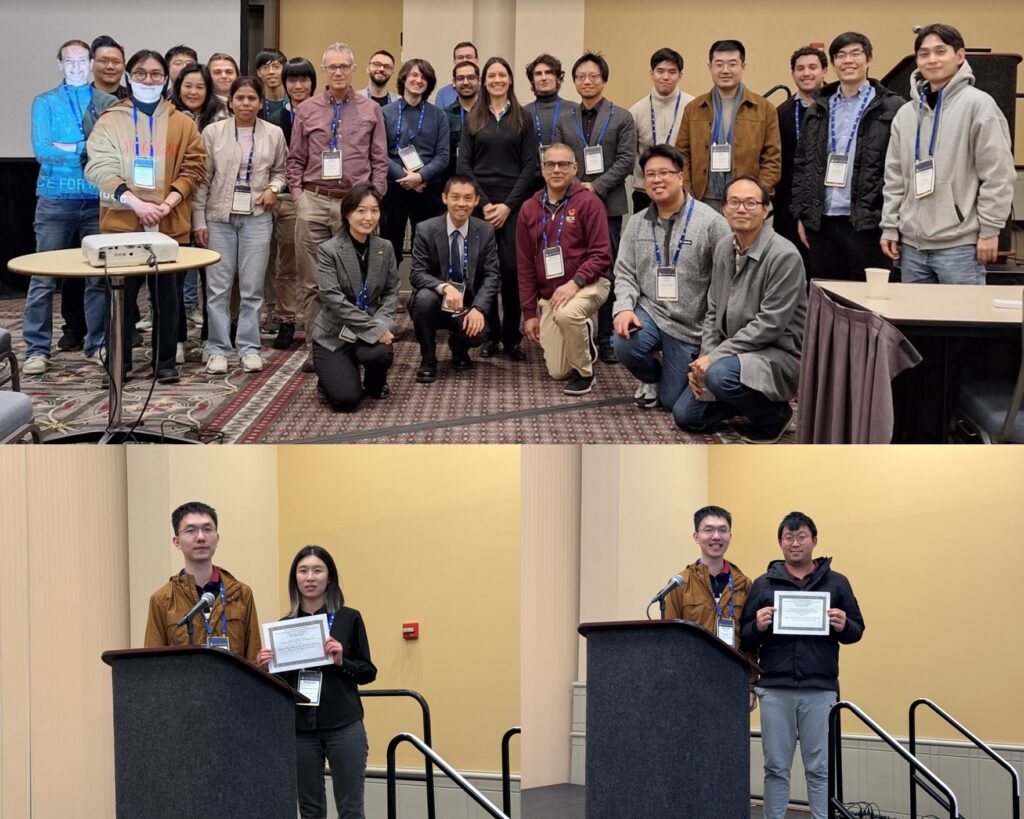









































![[The AI Show Episode 143]: ChatGPT Revenue Surge, New AGI Timelines, Amazon’s AI Agent, Claude for Education, Model Context Protocol & LLMs Pass the Turing Test](https://www.marketingaiinstitute.com/hubfs/ep%20143%20cover.png)














































































































![How to contribute to the Flutter engine [Windows]](https://media2.dev.to/dynamic/image/width=800%2Cheight=%2Cfit=scale-down%2Cgravity=auto%2Cformat=auto/https%3A%2F%2Fdev-to-uploads.s3.amazonaws.com%2Fuploads%2Farticles%2F6l3gn3x9ffod81mk92vm.png)

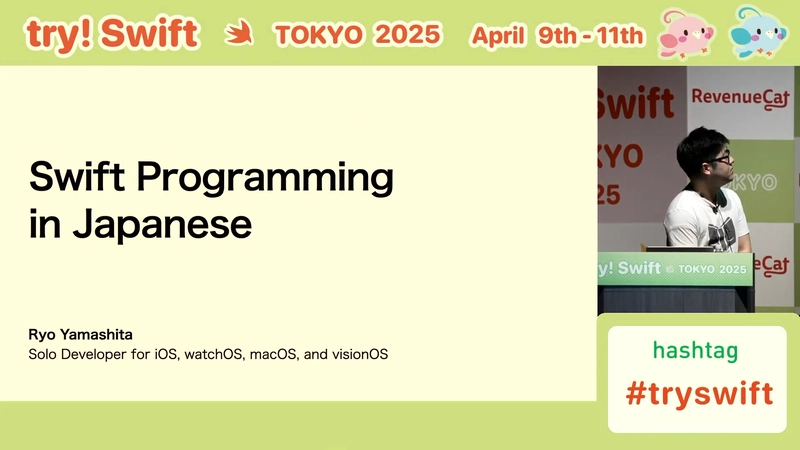

























































































































































_Muhammad_R._Fakhrurrozi_Alamy.jpg?width=1280&auto=webp&quality=80&disable=upscale#)
_NicoElNino_Alamy.jpg?width=1280&auto=webp&quality=80&disable=upscale#)














































































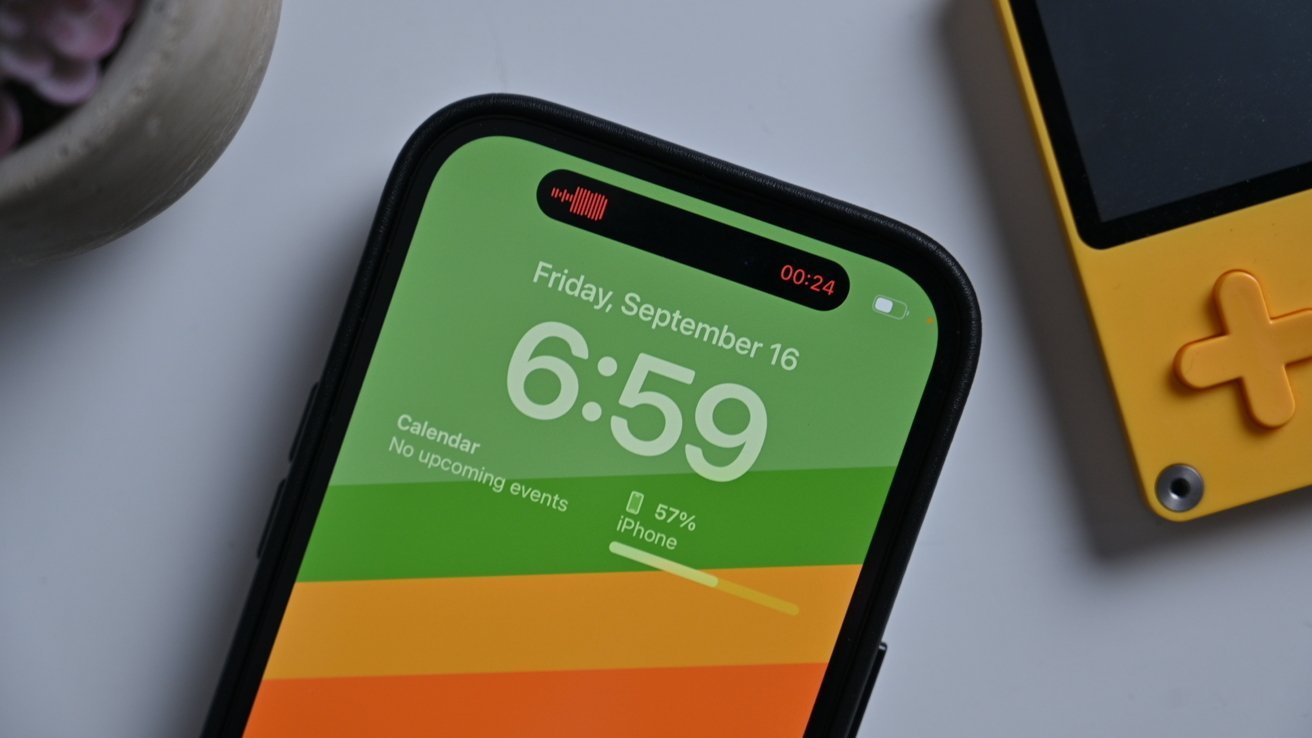
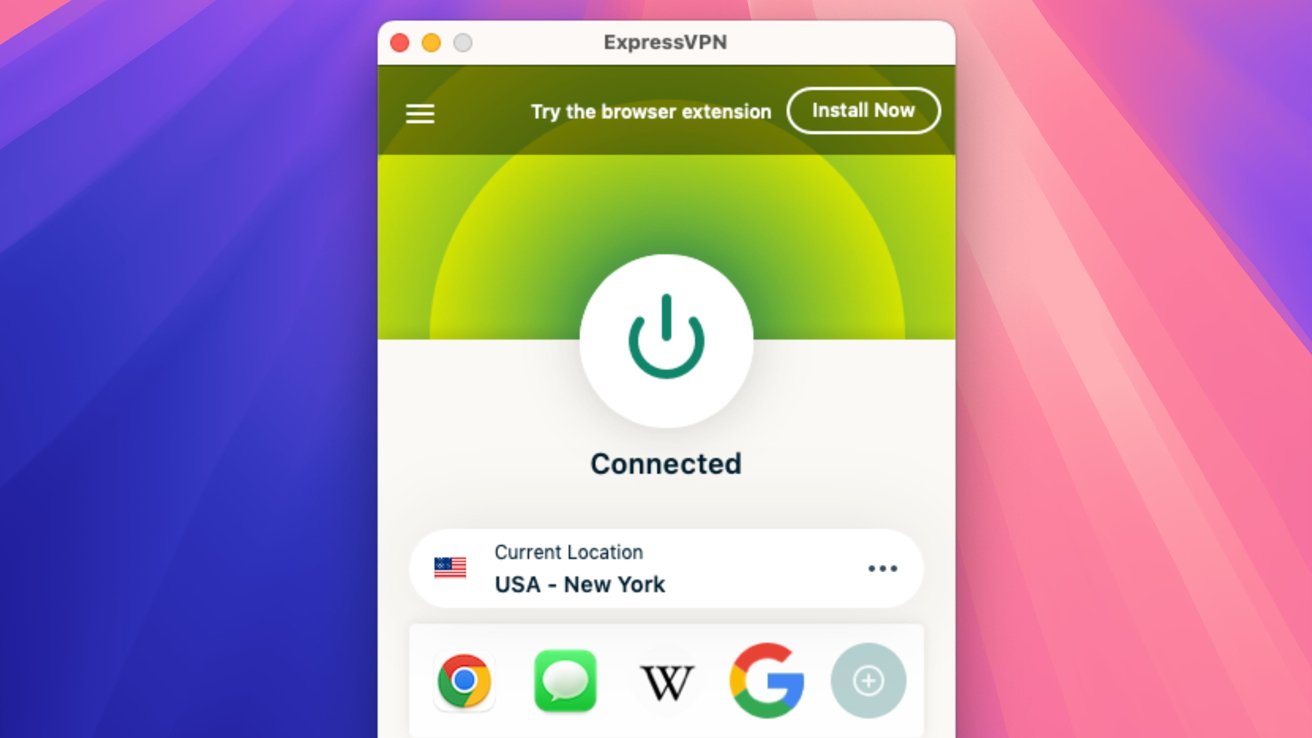







![macOS 15.5 beta 4 now available for download [U]](https://i0.wp.com/9to5mac.com/wp-content/uploads/sites/6/2025/04/macOS-Sequoia-15.5-b4.jpg?resize=1200%2C628&quality=82&strip=all&ssl=1)


















![AirPods Pro 2 With USB-C Back On Sale for Just $169! [Deal]](https://www.iclarified.com/images/news/96315/96315/96315-640.jpg)
![Apple Releases iOS 18.5 Beta 4 and iPadOS 18.5 Beta 4 [Download]](https://www.iclarified.com/images/news/97145/97145/97145-640.jpg)
![Apple Seeds watchOS 11.5 Beta 4 to Developers [Download]](https://www.iclarified.com/images/news/97147/97147/97147-640.jpg)
![Apple Seeds visionOS 2.5 Beta 4 to Developers [Download]](https://www.iclarified.com/images/news/97150/97150/97150-640.jpg)



















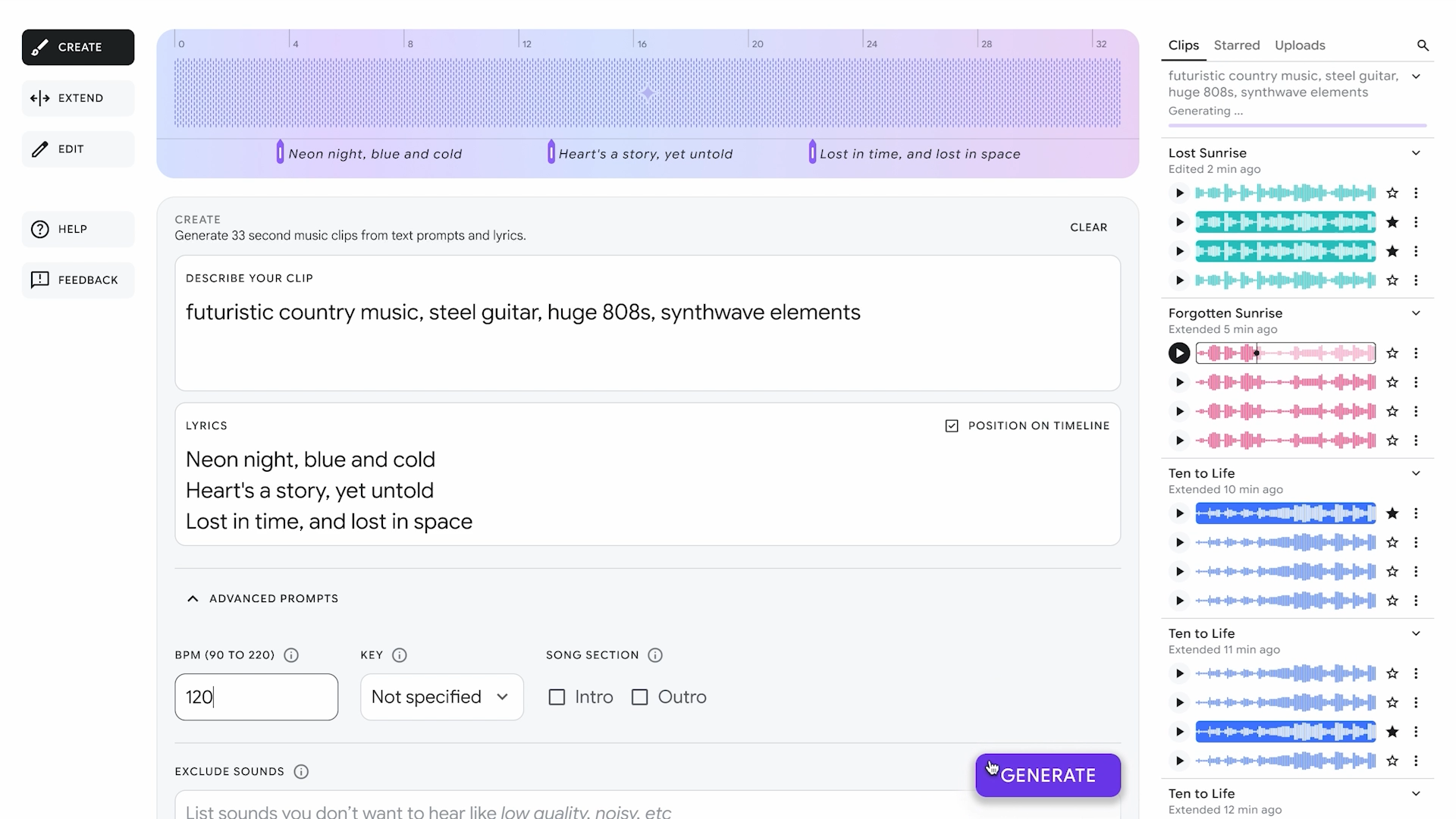




















![Apple Seeds Fourth Beta of iOS 18.5 to Developers [Update: Public Beta Available]](https://images.macrumors.com/t/uSxxRefnKz3z3MK1y_CnFxSg8Ak=/2500x/article-new/2025/04/iOS-18.5-Feature-Real-Mock.jpg)
![Apple Seeds Fourth Beta of macOS Sequoia 15.5 [Update: Public Beta Available]](https://images.macrumors.com/t/ne62qbjm_V5f4GG9UND3WyOAxE8=/2500x/article-new/2024/08/macOS-Sequoia-Night-Feature.jpg)






















